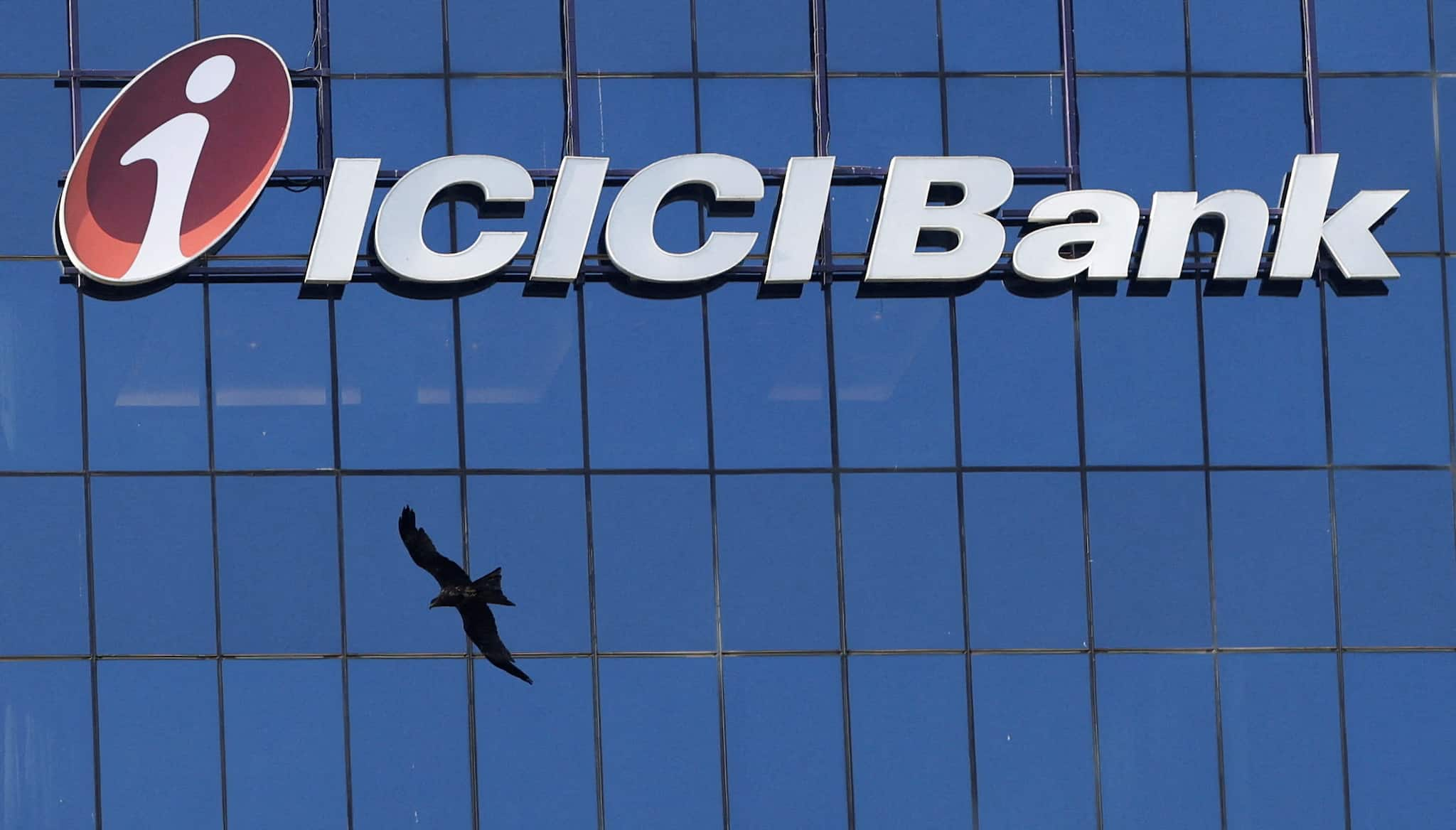 |
|
ICICI Bank, India's second-largest private sector bank, announced its financial results for the third quarter of fiscal year 2025 on January 25th, 2025, revealing a significant increase in net profit. The bank reported a net profit of ₹11,792 crore, representing a substantial 15% growth compared to ₹10,272 crore during the same period last year. This positive trend underscores the bank's strong financial health and continued growth trajectory in a dynamic and competitive market. The impressive increase in profitability is indicative of robust operational efficiency and strategic decision-making within the bank's overall management strategy. A detailed examination of the contributing factors is necessary to gain a comprehensive understanding of the bank's performance during this quarter.
A key driver of ICICI Bank's improved profitability is the substantial growth in net interest income (NII). NII, the difference between interest earned on loans and interest paid on deposits, reached ₹20,370.6 crore, marking a notable 9.1% increase from ₹18,678 crore in the corresponding quarter of the previous fiscal year. This surge in NII suggests an increase in loan disbursements, potentially driven by strong credit demand in the market. Furthermore, it indicates that the bank effectively manages its interest rate exposure and capitalizes on the prevailing interest rate environment. This aspect is particularly crucial for understanding the overall health and resilience of the bank's operational strategies and their impact on the bottom line.
Despite the positive performance in NII, ICICI Bank's net interest margin (NIM) experienced a slight decline. The NIM, a crucial indicator of profitability, fell to 4.25% from 4.43% a year earlier and 4.27% in the previous quarter. This marginal reduction in NIM might be attributable to various factors, including competitive pressures in the lending market, changes in the mix of loans and deposits, and adjustments in interest rates. While a decrease in NIM is a cause for some caution, it is important to consider this in the context of the overall strong growth in profitability. The overall financial health of the bank appears robust despite the marginal NIM decrease, underscoring a balanced approach to risk and return within their operational model.
Another notable aspect of ICICI Bank's Q3 results is the increase in provisions and contingencies. These funds, set aside to cover potential bad loans, rose by nearly 17% to ₹12.27 billion from ₹10.49 billion a year earlier. This increase indicates a proactive approach by the bank to manage potential risks associated with loan defaults. While higher provisions can impact profitability in the short-term, they also demonstrate a responsible and conservative approach to risk management. The bank's commitment to prudent financial practices is paramount in maintaining long-term stability and investor confidence. A more in-depth analysis of the composition of these provisions, particularly in relation to specific loan portfolios, would provide a deeper understanding of the risk profile of the bank's lending activities.
The asset quality of ICICI Bank remained relatively stable during the third quarter. The gross non-performing asset (GNPA) ratio stood at 1.96% at the end of December, only marginally higher than 1.97% three months prior. This stability suggests the bank's effective credit risk management and underwriting processes. However, the bank acknowledged higher NPA additions from its Kisan Credit Card portfolio, a credit scheme designed for farmers, during the first and third quarters. Seasonal factors and potential challenges faced by farmers during these periods could contribute to this pattern. A further analysis of the Kisan Credit Card portfolio's performance and strategies implemented to mitigate risks in this segment would be highly relevant in evaluating the bank's overall asset quality and sustainability.
The market reacted positively to ICICI Bank's Q3 results. The bank's shares closed at ₹1,209.45 on January 25th, 2025, showing a 0.58% increase on the BSE. This positive market response reflects investor confidence in the bank's strong performance and future prospects. This positive market sentiment suggests that the market values the bank's robust financial performance, its proactive risk management, and its overall growth potential. It is crucial to analyze the market's broader reaction to these results and consider broader economic indicators, to ascertain the extent to which the market's reaction is truly representative of the bank's success and future trajectory.
In conclusion, ICICI Bank's Q3 results paint a largely positive picture of the bank's financial health. The significant increase in net profit, driven by strong NII growth, demonstrates the bank's operational efficiency and strategic success. While a slight decline in NIM and an increase in provisions warrant attention, these factors do not overshadow the overall robust performance. The stable asset quality and positive market response further reinforce confidence in the bank's future prospects. However, ongoing monitoring of key indicators, particularly the Kisan Credit Card portfolio and the impact of external economic factors, remains crucial for maintaining sustainable growth and long-term financial stability. A detailed sensitivity analysis regarding the impact of macroeconomic factors such as interest rate fluctuations and inflation on the bank’s profitability would provide a more comprehensive picture of the bank’s long-term health and growth projections.
Further research is needed to delve deeper into specific aspects of ICICI Bank’s operational strategy. For example, a comparative analysis against other major private sector banks in India would provide valuable context and insights into ICICI Bank's relative performance. Analyzing the bank’s lending practices in different sectors (beyond agriculture) would provide a more nuanced understanding of its risk profile and growth drivers. In addition, analyzing the bank's capital adequacy ratios, liquidity position, and compliance with regulatory requirements would help in assessing the overall financial health and resilience of the institution. A more detailed examination of the bank's investment portfolio and its performance would also enhance the understanding of the contribution of non-interest income to its overall profitability.
Source: ICICI Bank Q3 results: Net profit rises 15% to Rs 11,792 crore
